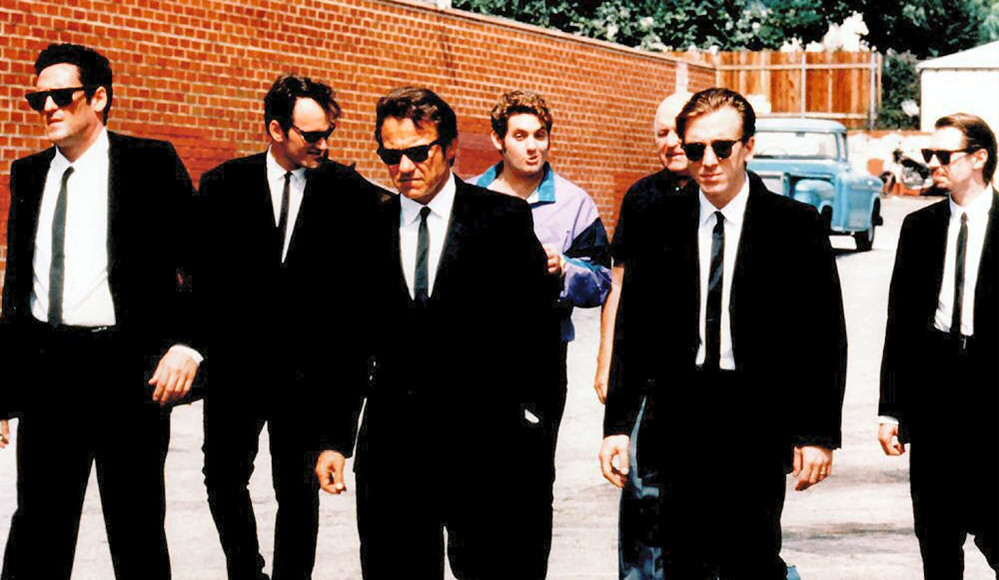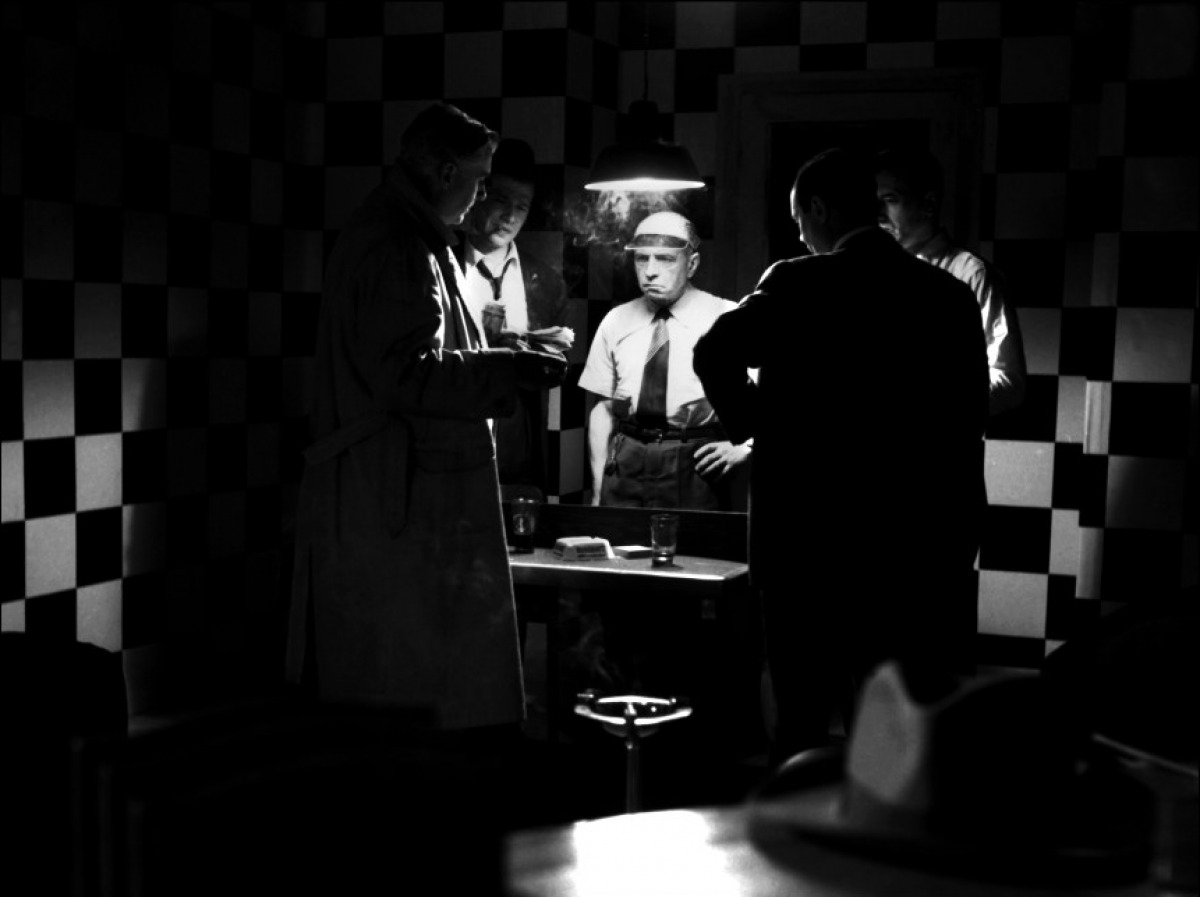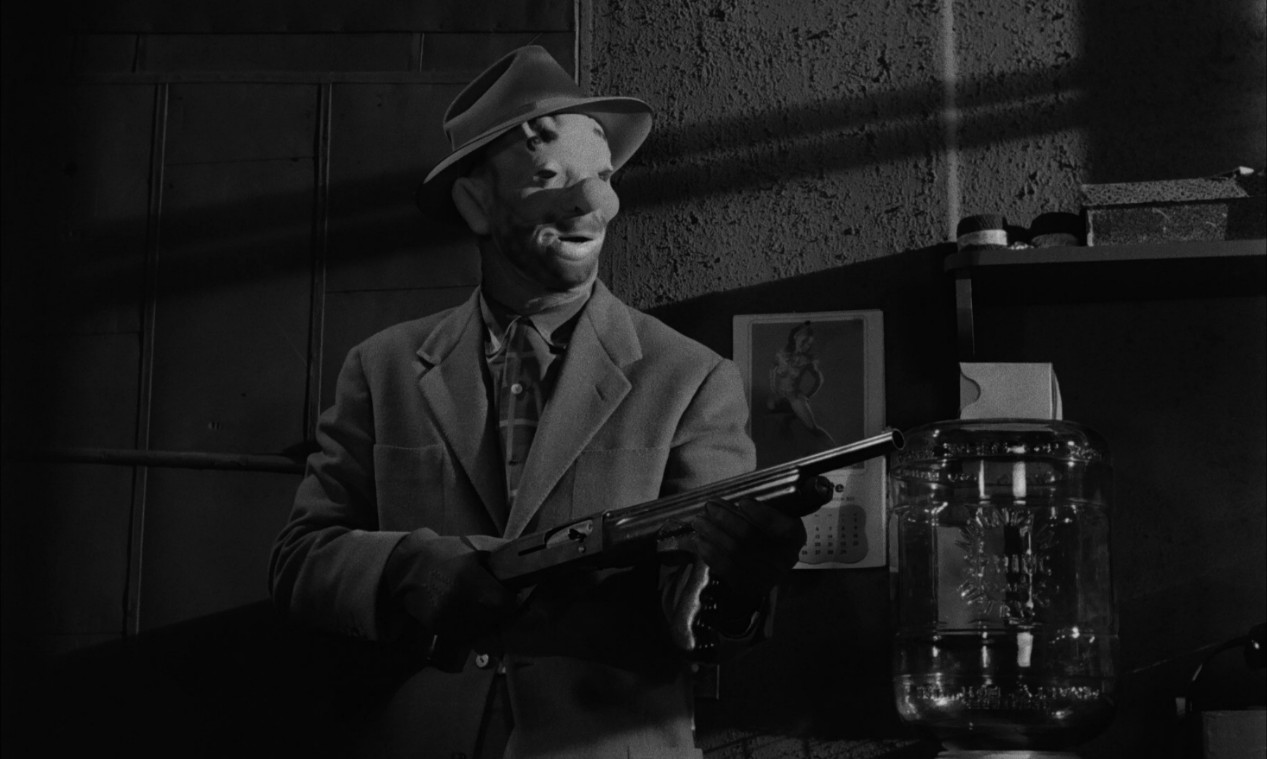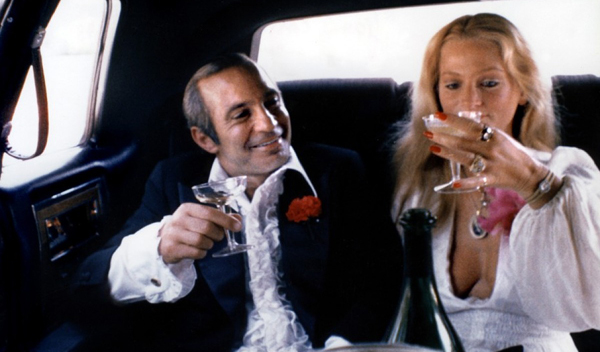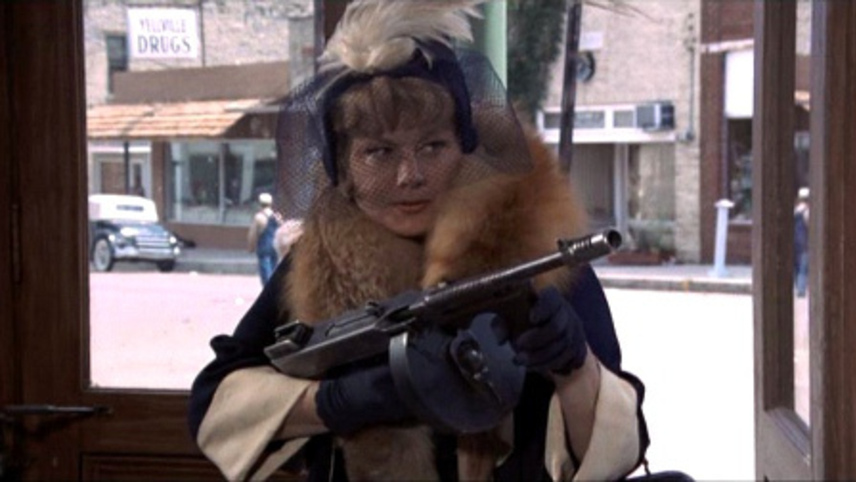When explaining why he dropped out of film school, Paul Thomas Anderson said “My film making education consisted of finding out what filmmakers I liked were watching, then seeing those films. I learned the technical stuff from books and mags…Film school is a complete con, because the information is out there is you want it.” Whatever one’s motivation, the joy of uncovering the lineage of a favorite director by watching the films that inspired him or her adds another layer of pleasure to the pursuit of excellent movies. To that end, let’s look at the unofficial ancestors: a list of films that influenced great directors.
A friend likes to tell the story of going to Julia Sweeney’s house party in L.A. near Hollywood in 1991 where there was this one obnoxious guy standing by the pool holding forth in rapturous paean to the homosocial love between Tom Cruise and Val Kilmer in Top Gun. My friend who knew his hostess from The Groundlings improv comedy group asked her, “Who the hell is that guy?” “Oh, that’s Quentin. He’s doing something with ___”. That something was Reservoir Dogs, the breakout hit of 90s Independent film. Quentin Tarantino is effusive in all things; Effusively in favor of macho love coded into the primary Reagan-era action film; Effusively against the canonization of Orson Welles. His credo is about the power of passion in communication.
“If you truly love cinema with all your heart and with enough passion you can’t help but make a good movie. You don’t have to go to school. You don’t have to know a lens — you know, a 40 and a 50 and a — fuck all that shit — crossing the line — none of that shit’s important. If you just truly love cinema with enough passion — and you really love it, then you can’t help but make a good movie.”
As a cinephile, his passion for film is indiscriminate and all encompassing. His own movies are famously fast and loose with their antecedents. As a director, he thinks in genres, not in shots or scenes or acts. As a writer, his plots come out of characters. The story is a vehicle for an on-screen personalities, not the other way around. To focus on citing the sources of his material is to miss the point of what makes Quentin Tarantino different and better than Tarantino wannabes.
1. Bande à part (1964, Jean-Luc Godard)
The single most influential piece of film criticism that Tarantino believes to speak for his own motivation to become a filmmaker was Pauline Kael’s review of Bande à part for the New Republic, which he read in an anthology of her writing. Her description of Jean-Luc Godard’s film was “It’s as if a French poet took an ordinary banal American crime novel and told it to us in terms of the romance and beauty he read between the lines”.
Tarantino read this and said “That’s my aesthetic. That is what I want to do.” He credits Godard for teaching him the fun and freedom and joy of breaking rules. Tarantino also named his company A Band Apart after Bande à part. However, the actual influence of Godard waned early on. Tarantino claims Godard is the sort of influence a good director passes through, rather than a perennial teacher.
Bande à part follows 2 French young men, Franz and Arthur, as they befriend Odile (played by Godard’s longtime muse and lover Anna Karina) and prepare to rob her aunt’s villa in the Parisian suburbs. The two friends try to seduce Odile, whose own purposes for joining their escapade are obscure. Anna Karina’s Odile is proof that when Godard said that “cinema history is the history of boys photographing girls” he was not misrepresenting his own experience, though conveniently obscuring the work of the early women pioneers of silent era Hollywood.
Of all Godard’s films, Bande à part is the most accessible and the benchmark of cool. The youthful insouciance of the famous running-through-the-Louvre scene, the car chases, and the gimlet-eyed presentation of American culture in Charles de Gaulle’s France imbues these amateur thieves with enough verve to keep their blunders from diminishing sympathy from the audience.
2. Bob le Flambeur (1956, Jean-Pierre Melville)
The film that set the stage for the coming of the Nouvelle Vague, Jean-Pierre Melville’s heist flick adopts the plotting of an American gangster film to the elegant demimonde of French casinos and professional criminals. Unlike the kids in Godard’s film, Bob the Gambler is a dedicated criminal, astute to all the ploys of his trade. His vice—or perhaps passion—for gambling is the only chink in the armor he’s made his personality over a lifetime of crime.
Tarantino calls Jean-Pierre Melville, “the Godard I haven’t grown out of”. Melville was the only French director working outside the studio system before the Nouvelle Vague. He made his films on-location with small budgets and no famous actors. Yet much like Quentin Tarantino, he was devoted to the reconstruction of genre in his films. His interest in keeping tension running through the heist left little room for formal experimentation. He particularly enjoyed how Melville could follow the rules of genre but do them in his own way, and still have life intrude upon their tight formulas.
Tarantino said in interview that the idea to write his first directorial effort, Reservoir Dogs, came about while he was looking at the shelves he curated at his video store job. That month’s theme was heist movies, and he noticed that no good heist movie had been made in quite some time, so he decided to write one that he’d like to see. While there are other heist movies that influenced his plot choices, Bob le Flambeur points to the ice-cold attitude that made Reservoir Dogs such a sensation upon release.
3. The Killing (1956, Stanley Kubrick)
Tarantino has taken pains to assert that Stanley Kubrick has little sway over his own aesthetic. Sure, he likes the fractured timeline from The Killing. His relationship with the cult director is complicated, but he often described Reservoir Dogs as “my The Killing”; perhaps to indicate that a director’s first feature isn’t a fair measure of his trajectory. Whereas Kubrick departed from the boilerplate to push the boundaries of what genres like Horror and Science Fiction could be, Tarantino has revised the subgenres of Spaghetti Westerns, B-movie war flicks, revenge tales, vampire movies, blaxploitation, et cetera.
Another “one last heist” film, The Killing details the attempted robbery of a racetrack during the feature race. A variety of insiders are recruited and the theft is successful, but a woman betrays the crew to her lover, who attempts to hold-up the crew. The sole survivor attempts to escape with the money but fails thanks to airline carryon limits. The Killing uses flashbacks to show how members of the crew got involved in the heist, a technique Tarantino would later use in Reservoir Dogs.
Reservoir Dogs was dedicated in part to Lionel White, the hardboiled pulp novelist who wrote the source material for The Killing, among other film noir. Another member of this film’s production also linked to Reservoir Dogs is the actor Timothy Carey who played the sniper in The Killing. At 6’4” Timothy Carey was made to lurk and menace in the background but he was too kinetic to stay there. He was passed over for several big film roles (including Reservoir Dogs) because he had a reputation for being unpredictable and physically intimidating. Tarantino gave the role to Timothy Carey’s friend Lawrence Tierney, another brutish character actor.
Actors, particularly grizzled veterans of B-movies, have a special sway over Tarantino. As a rabid movie buff, his imagination is excited by the gruff, violent men who almost seem subhuman. Cretinous demeanors suggesting amorality are the stuff of Tarantino’s charm over an audience.
4. The Killing of a Chinese Bookie (1976, John Cassavetes)
Timothy Carey shows up as another gangster in The Killing of a Chinese Bookie. He was a personal friend of Cassavetes, who had used his on-screen charisma to great effect as a manic down-on-his-luck construction worker in the 1971 screwball comedy Minnie and Moskowitz. Tarantino invests himself in his casting decisions. He uses his films as vehicles of his characters, not the other way around. In this way, he takes permission Cassavetes to let the plot fall away for some dead time where the audience hangs out with the characters and gets to know them better. The script for Reservoir Dogs was written with Timothy Carey in mind.
Cosmo Vitelli (Ben Gazzara) is a night club owner who aspires to class, sophistication, and a comfortable life. At worst, he comes off as louche in his dreadful tuxedo with red boutonniere, riding around in a limo before having a bad night at the tables. At best, his rakish charm inspires his employees to do their work with zeal, even if it’s just shaking tits and ass on stage. He is forced to repay his gambling debt by killing a man whom he is told is a Chinese bookie holed up in Chinatown. Then the mob turns on him.
The Killing of a Chinese Bookie is considered Cassavetes’ most accessible film. He was greatly disappointed that it failed to perform at the box office, but the story of a man against the mob was a good stretch for an artist who excelled at domestic melodrama. It has since become a classic meditation on performance and the artifice of personality.
5. Bloody Mama (1970, Roger Corman)
Quentin Tarantino shared his personal indebtedness to the “King of the Bs” at the 2009 Governor’s Awards. He waxed fanatic when describing teenage Quentin’s resolve to see the R-rated Bloody Mama, even if it had to be with his mom, because a friend told him there’s a machine-gun suicide where “you could actually see the bullets enter the face!”
More than any other director, Roger Corman perfected the formulas of exploitation films, regardless of genre. He’s credited with giving several lauded Hollywood celebrities their early work, such that his production company was nicknamed “the Roger Corman Film School”. He also imported several art house titles from Europe so that Bergman, Kurosawa, and Fellini would get a showing in drive-ins all throughout the USA.
Bloody Mama is a hillbilly sexploitation film staring Shelley Winters as Ma Barker, the matriarchal bank robber leading her “fine boys” across the rural United States in a murder-crime spree during the Great Depression. One boy is a sadist, another is bisexual, the youngest is a heroin addict. They are joined by one of the brother’s whore girlfriend and by the bisexual brother’s cellmate/lover from prison. Just about everyone has dirty relations with mama.
Tarantino loves violence like only an American boy sucking at the teat of B-movie exploitation can. Bloody Mama is one among a deluge of trash movies that shaped the impressionable scamp who would go on to show a man getting his ear cut off in his first film, and up the ante from there. His anti-heroes are Corman anti-heroes. His antagonists are often more interesting than his protagonists—a Corman rule passed on to all his directors.
